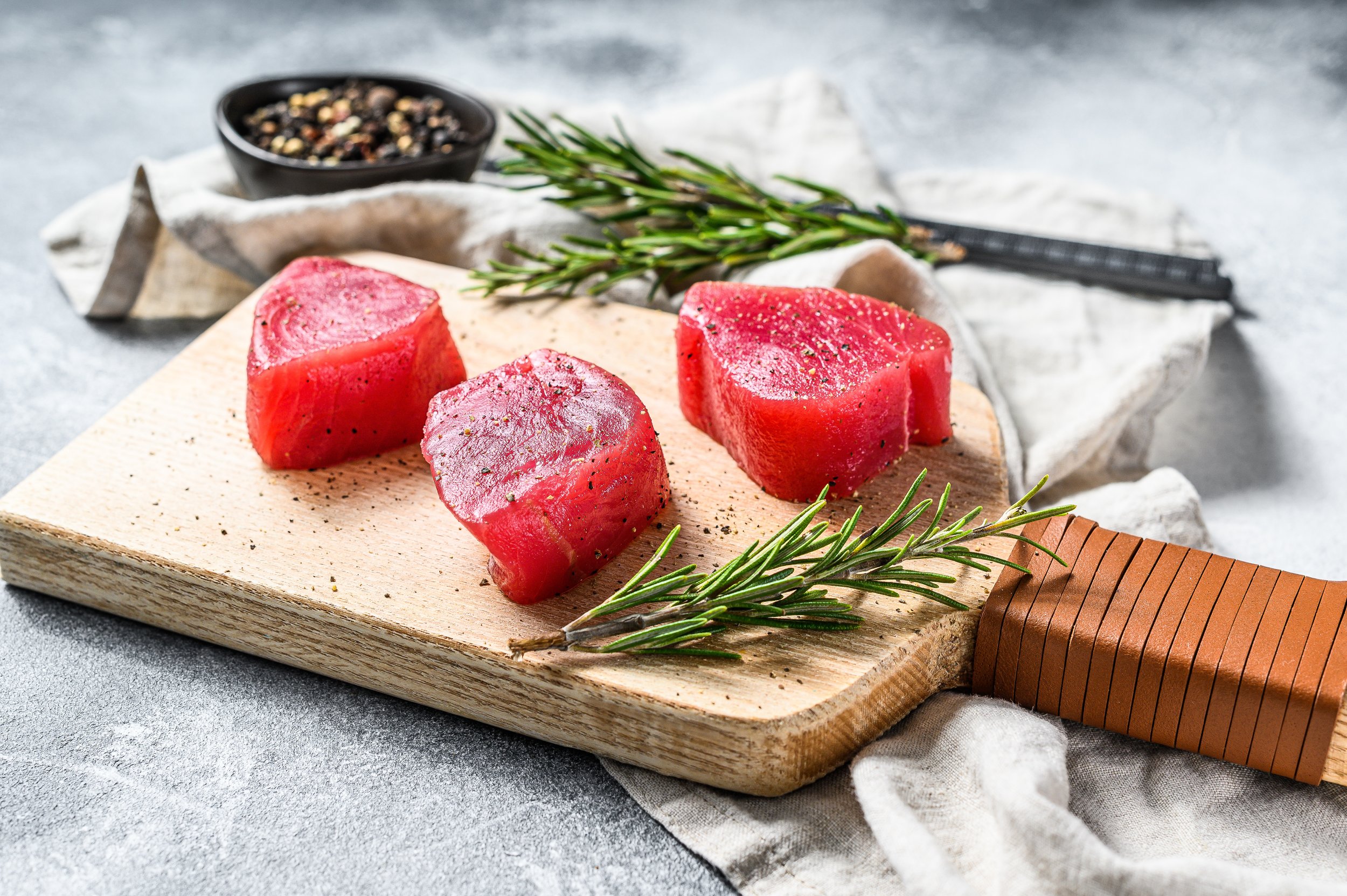Lettuce
Choose romaine lettuce if you can instead of iceberg.
Romaine has one of the highest nutritional values in the lettuce category.
Iceberg lettuce, on the other hand, has the lowest nutrition.
Types of Lettuce:
1. Romaine – This is your classic Greek salad. Sweet and crunchy.
2. Crisphead – Iceberg. White on the inside. Crisp texture and mild taste.
3. Butterhead – Boston and Bibb. Large green leaves that are soft and sweet.
4. Red and Green Leaf – Delicate taste and leaves.
Arugula, watercress, and mizuna are NOT classified as lettuce, but are often mixed with lettuce in salads. They have similar nutritional benefits.
BUY IT
Lettuce should be fresh and crisp. It is easy to spot wilted greens. Watch out for limp, withered leaves that have brown or yellow edges, or dark or slimy spots.
ADD IT
Lettuce is not just for salads, it's a versatile green that you can use in hundreds of different ways. You can cook with lettuce like you would any other green.
You can also sauté it, braise it, grill it, or bake fish or meat in it. The possibilities are endless.
PREP IT
Place the lettuce on a clean work surface. Separate the lettuce leaves. Discard any old, wilted or bruised.
Wash the leaves well in the sink or a large bowl of water. Transfer the leaves to a colander and gently shake to remove water.
Place leaves, in a single layer, on a clean, dry tea towel or paper towel and pat dry. Transfer to a salad bowl and use as desired.
To store lettuce, wash the lettuce and dry the leaves with paper towels, seal or wrap it securely in plastic and place it in the coolest part of the refrigerator, which is generally located in the rear and lowest shelf section of the refrigerator.










